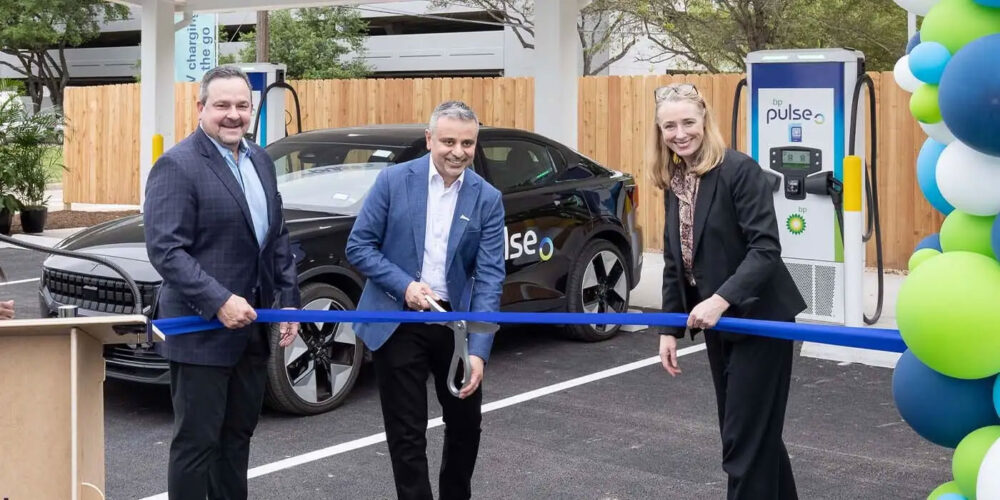You can’t talk about how electric vehicles are revolutionizing the way we think about transportation without talking about regenerative braking. It’s an incredible system that allows EVs to capture and convert some of the kinetic energy generated during braking into electrical energy. This energy can then be stored and used to charge the vehicle’s batteries, effectively extending the range of the vehicle. So, how does regenerative braking work?
Well, when the driver applies the brakes in an EV, the electric motor shifts into generator mode. As the vehicle decelerates, the wheels drive the motor, causing it to act as a generator and produce electrical energy. This electrical energy is then fed back into the battery pack for storage and later use. By harnessing the energy that is typically wasted in traditional braking systems, regenerative braking helps to increase the overall efficiency and range of the EV.
Studies have shown that regen braking can increase the efficiency of an EV by up to 20%. This increase in efficiency translates into extended range, allowing drivers to travel longer distances on a single charge. So, for example, a vehicle with a range of 200 miles could potentially increase its range to 240 miles with regen braking.
These systems typically consist of three main components: the electric motor, the battery pack, and the regenerative braking controller. The electric motor acts as the generator during braking, converting the kinetic energy into electrical energy. The battery pack stores the electrical energy for later use, while the regenerative braking controller manages the flow of energy between the motor and the battery pack. This controller ensures that the energy is captured and stored efficiently, optimizing the overall performance of the regenerative braking system.
Another not-to-be-overlooked advantage of regen braking is the reduced wear and tear on traditional braking components. Since regen braking relies on the electric motor to slow down the vehicle, the traditional brake pads and rotors experience less friction and heat. This results in less frequent maintenance and replacement of these components, saving both time and money for electric vehicle owners.
Yet another advantage offered by regenerative braking is that it contributes to a more comfortable and smooth driving experience. Unlike traditional braking systems, regenerative braking provides a more gradual and controlled deceleration, which can be particularly beneficial in stop-and-go traffic or when driving downhill. This smoother braking experience not only enhances the overall driving comfort but also improves the safety of the vehicle by reducing the risk of skidding or wheel lock-up.
By optimizing energy usage and reducing the reliance on external charging, regenerative braking helps to address one of the key concerns associated with electric vehicles – range anxiety.
This video is sponsored by Auto Value and Bumper to Bumper.













